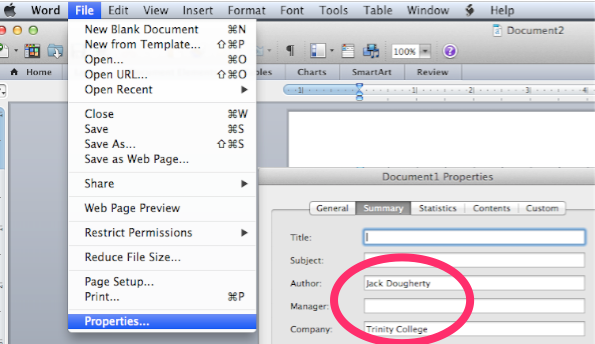How (and why) to evaluate student writing as blind-review
At our small liberal arts college, whenever my students are working on a writing assignment on the same theme, I ask them to submit it in blind-review format. My goal is to judge written expression on its own two feet, without being swayed by my impressions of students’ abilities from class discussions or other interactions. In their end-of-semester course evaluations, several students have praised this method for giving them what they believe is a fairer opportunity to succeed. And I’m always amazed by the number of (pleasant) surprises when I finish evaluating an anonymous set of essays and match them up to list of names. Sometimes the most extroverted talkers in class have the most difficulty assembling a coherent argument on paper. Other times, the quietest student, who hasn’t made a peep during our discussions, demonstrates how much deep thinking is going on behind the scenes.

Anyone who knows me as an advocate of open peer review scholarship (where readers post comments online, using their full names, as co-editor Kristen Nawrotzki and I did in Writing History in the Digital Age), may wonder why I advocate for blind-review in the classroom. In my relatively small classes (ranging between 10-30 students), where students often enroll in more than one of my classes over four years, blind-review can be an appropriate tool to create some intellectual distance in an academically intimate environment. (By contrast, if you teach a lecture course to more than 100 students, it’s already a fairly anonymous classroom.) Of course, blind-review doesn’t make sense for all classroom writing assignments. For an individualized research project, where students meet with me to discuss proposals or drafts, there’s no point in pretending that I can evaluate the final version anonymously. In these situations, my role resembles that of a writing coach, and sometimes (when I get my act together), I’m able to call upon outside readers (recent alumni, community partners, students or faculty from another college) to serve as the writing referees (a distinction made long ago by Peter Elbow).
Years ago when I started to conduct blind-review of student writing, and their papers were, literally, on paper, the process was easy to administer. I instructed everyone to leave their name off the front of the essay (a hard habit to break) and instead, to write it in small print on the back side of the last page. This allowed me to check off whether everyone on the roster had submitted the paper on time, flip them over and scramble them for blind-review, then flip them back again when my evaluations were done.
While I still do some blind-reviews of paper essays, more often I now prefer students to submit their writing as a digital file, for a variety of reasons. My typed comments are faster for me to create and clearer for students to understand than my handwritten ones. Digital papers are easier to archive on my hard drive for future reference. Also, I’ve learned to schedule writing deadlines a day or two before class, rather than at the beginning of class, which drained student energy away from the assigned readings and content that I had planned to cover that day.
But the Internet screwed me up. More precisely, the learning management system software on my campus (we use Moodle) was not designed to handle blind-review, as far as I can tell, because it insists on digitally stamping student files with their name and time received so that nothing gets lost in the system. If you know a workaround (either low- or high-tech) for conducting blind-review on Moodle or related systems, please share it in the comments below.
Given my preference for hosting course materials on WordPress and receiving student assignments in Dropbox, I looked for solutions on ProfHacker. My favorite free service used to be FileStork, but alas, it shut down in mid-2012. Currently I use the JotForm “Send To Dropbox” feature, which allows me to accept up to 100 free submissions per month. Here’s how it looks at the bottom of a typical assignment:

While I could ask for something more official-sounding, such as their student ID number, the birthdate solution is friendlier and just as easy (though we occasionally bump into the “greater than 23 people in the room” birthday paradox, which always makes a good statistical side-lesson). If we’ve already used the student’s birthdate earlier in the semester, I may ask them to use their mother’s birthdate, or that of one other special person in their lives. Usually a student volunteers to collect the birthday list in a sealed envelope until my evaluations are done.
My students strongly prefer upload services that display a “your file has been uploaded successfully” confirmation message. When time allows I’d like to explore some WordPress-to-Dropbox plugins that might do the trick to replace JotForm.
The blind-review exercise also offers a great opportunity to quickly teach students how to remove their names (and other identifying information) from a Microsoft Word document, using the File > Properties menu, as shown below:

